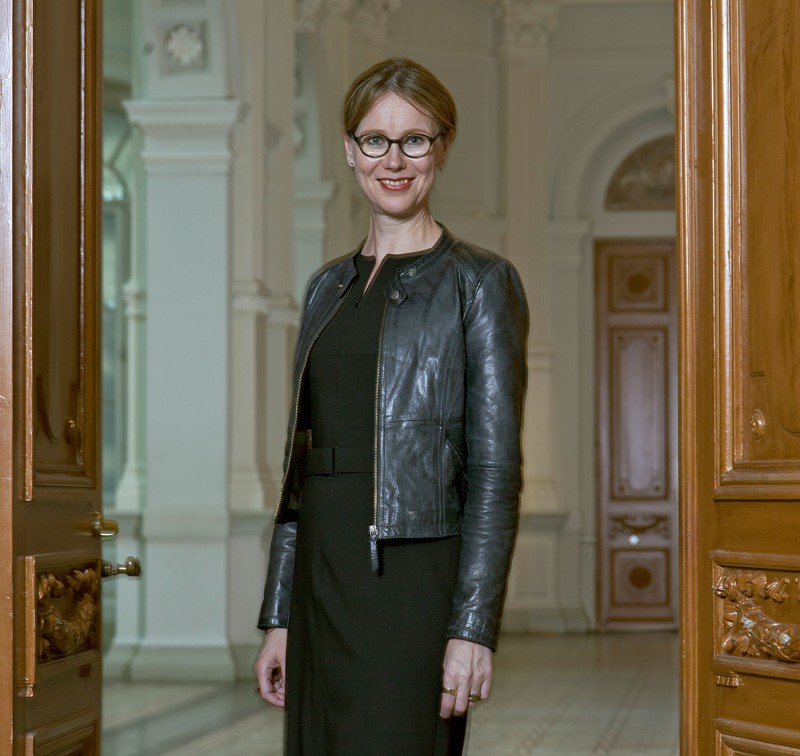Stories of Finnish Art – the new collections exhibition
Ateneum. Tue & Fri 10–18, Wed–Thu 10–20, Sat–Sun 10–17. Kaivokatu 2.
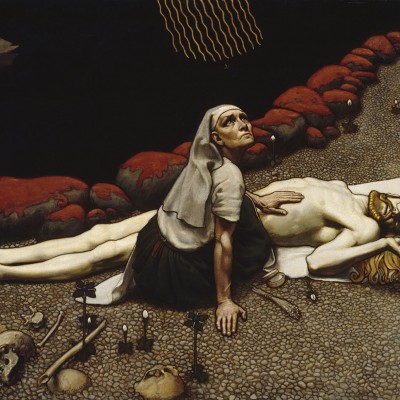
AKSELI GALLEN-KALLELA, 1897 Lemminkäinen’s Mother
Kalevala, published in 1835, comprises Finnish folk poetry and heroic tales, influenced most of its contemporary artists in the country. Akseli Gallen-Kallela created the strongest and most personal style in depicting Kalevalan heroes and tragic histories.
Lemminkäinen’s Mother depicts a heart-broken mother by the river of death, yet she is fearless and has decided to bring her son back to life at any cost. A bee brings honey and sunbeams to the mother enabling her in bringing Lemminkäinen back to life.
The posture and positioning of the figures in the painting suggest the Christian Pietà composition. Interest towards the painting grows as we find out that Gallen-Kallela’s mother posed for Lemminkäinen’s mother.
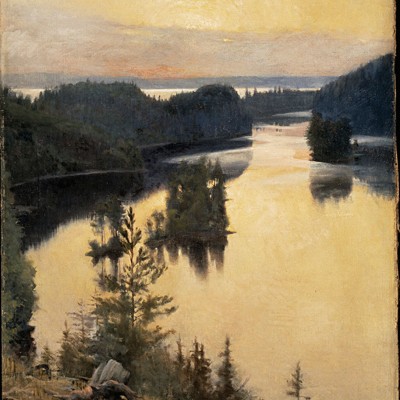
ALBERT EDELFELT, 1889–1890 Kaukola Ridge at Sunset
They say that Finland is a land of hundreds of thousands of lakes, which is reflected in Finnish landscape painting. Albert Edelfelt’s Kaukolanharju is one of the most beautiful and moving landscapes that reaches the gentleness of the peace and quiet of a summer evening.
Edelfelt painted his piece on the Kaukola Ridge that was popular among landscape painters in the mid–19th century. Robert Wilhelm Ekman and Magnus von Wright, among others, painted the same landscape and helped create the archetypical Finnish landscape. Today the ridge is part of the national ridge protection programme and a memorial stone marks Edelfelt’s spot.
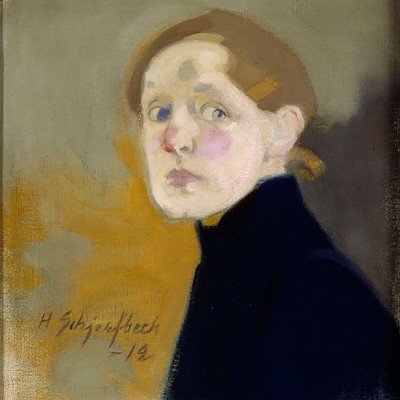
HELENE SCHJERFBECK, 1912 Self-Portrait
Helene Schjerbeck made her first self-portraits as a young student and the last ones at the gates of death. The series of self-portraits form a uniquely strong depiction of a woman’s view on her own life, thoughts and body. Schjerfbeck painted by reducing the number of details to the point of harshness. The self-portrait in 1912 is from the year she turned 50. The piece has strength and plenty of colour compared to most of Schjerfbeck’s works.
The painting was acquired by Ateneum in the spring of 2016. Schjerfbeck’s art has drawn wide international attention in the 21st century and her works have been exhibited in Europe as well as in Japan.
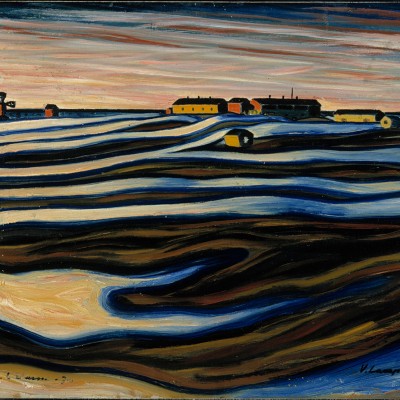
VILHO LAMPI, 1930 Nocturne (Liminka/Limingo)
Vilho Lampi’s landscape is a cinematic and dream-like rendition of a Liminka landscape with a group of buildings, including a windmill, in the horizon. The strong use of colour makes the fields and the sky flow in an almost frightful manner. Lampi’s paintings are expressive and anchored into the expanses of his homestead at a time when the whole country was being urbanised and industrialised – people left the countryside for cities in search of work and a better life.
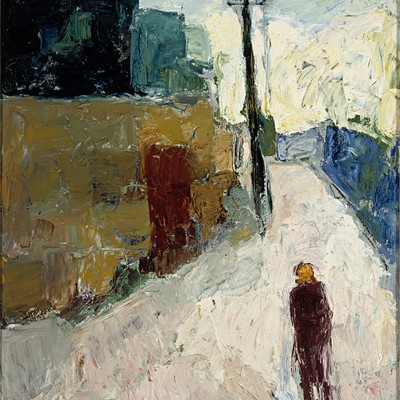
ELGA SESEMANN, 1945 Street
Elga Sesemann made her breakthrough after the Second World War as Finland faced a nation-wide era of reconstruction. Her expressionist paintings have no predecessors or contemporaries in depicting the empty streets and city spaces – both the post-war desperation and belief in a better future. Sesemann also painted portraits, depicting people with thick layers of paint spread out with a palette knife.
Sesemann has stayed in the shadows of her contemporaries in the history of Finnish art. This is an excellent reminder of how the history of art history is continuously supplemented as new research is being made
